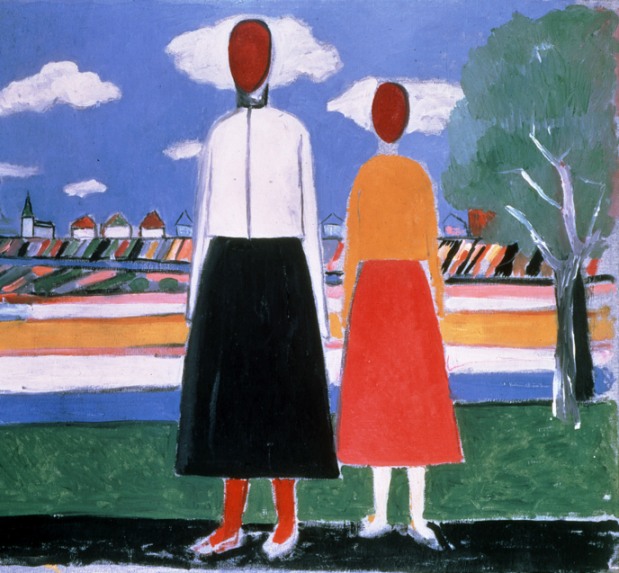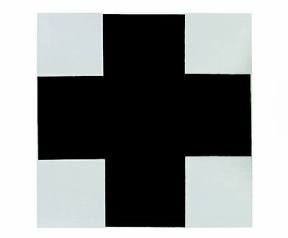{mosimage}
The museum is a masterpiece in itself. Because of the architecture: like many other buildings by famous Finnish architect Viljo Revell, Villa Didrichsen is not just another L-shaped building but a perfect blend of art, architecture and nature. And because of the location: built in 1957 on the shore of the Laajalahti, the villa enjoys a beautiful vista of the sea.
The history of the Didrichsen museum dates back to 1942 when Gunnard Didrichsen, a Danish businessman living and working in Helsinki, and his wife Marie-Louise bought a painting called ‘Ateria’ painted in 1899 by Pekka Halonen. At first, the couple focused on Finnish art of the 19th century, but they grew more and more interested in more modern paintings. In time, and sometimes with the help of Aune Lindstrom, at the time director of Ateneum, the Didrichsens ventured to purchase masterpieces like Pablo Picasso’s Artist at work, Wassily Kandinsky’s Church in Murnau, Fernand Léger’s Nature morte à la coupe, whilst increasing their collection of Finnish artists with the works of the likes of Helene Schjerfbeck – whose exhibition last year collected an impressive number of visitors and will soon tour Europe.
At the beginning of the '60s the Didrichsens also started collecting pre-Columbian and Eastern art pieces, now on display in the museum. In 1963 a foundation was settled to take care of the works of art and in a few years a new wing was added to the villa built by Revell. In September 1965 the museum was opened to the public, who could thus contemplate the family’s masterpieces. Already in 1968 it hosted the first exhibition with loans from other museums and galleries.
“The family was at the time living in the villa and Marie-Louise took care of the museum, from exhibits organization to tickets sale” tells Maria Didrichsen, head of exhibitions: “the last exhibition she organized before dying in 1988 was a Henry Moore memorial exhibition in January 1987. It was one of the first organized in the whole world, and the Didrichsen museum was able to do it because of the personal friendship that linked Moore and the Didrichsen family”.
Henry Moore’s masterpieces will return to Didrichsen in spring next year. Meanwhile, from January 27 to July 17 the museum will host Nella luce italiana – Italian valossa, a collection of paintings by Elin Danielson-Gambogi, a Finnish painter born in 1861, who lived part of her life in Italy. The exhibition will offer an opportunity to see paintings never shown before in Finland and to learn more about another interesting woman painter.

